In earlier posts, we have learned about set theory and Venn diagrams. Today, we are going to look at some examples of classification using Venn diagrams in Smartick.
Attributes
The method that we use to understand whether or not the elements that we want to classify meet some characteristics are what we call attributes.
The attributes can be very varied and depend on the elements that we want to classify. These are related to questions regarding shape, color or another characteristic of the element.
We represent these attributes with tags. We can differentiate attributes into two types depending on whether they indicate the presence or absence of attributes.
- Positive attributes: indicate the presence of one or more attributes in the element to be classified.
It is a square.

It is purple.

It’s a green fruit.

- Negative attributes: indicate the absence of one or more attributes in the element to be classified.
It is not a mode of transport.

It is not a yellow triangle.

In Smartick there are activities to become familiarized with these types of tags. For example, when we have an avatar, we have to choose the tags that correspond to it.
Can you help me choose which tags define this avatar?
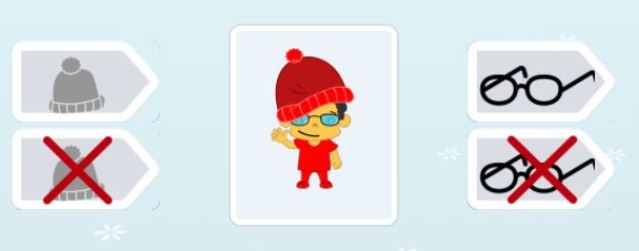
Perfect! The avatar wears a hat and glasses which is why we have chosen the tags that do not have the hat or glasses crossed out:

Classification with Venn Diagrams for Positive Attributes
First of all, we need to know how we can classify different elements to decide whether or not they belong to a set. We can do this with tags that represent some characteristics of these elements. For example, among several avatars, we want to know which of them are wearing glasses.

We then present a set with the tag ”wearing glasses.” And we have to decide which avatars belong to this set. Do you know which ones belong to this set?
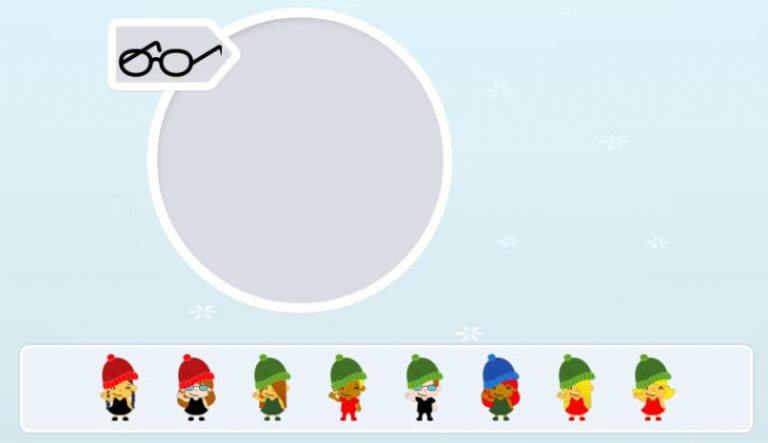
That’s it! Two of the avatars wear glasses and belong to the set, the rest do not. Therefore the set would be:

We can also present the activity as a Venn diagram with the set elements already included and ask which tag belongs to the set. Can you solve it?

Of course! The avatars in the Venn diagram are all wearing a blue t-shirt and it is also what ‘s different from those that have been left out.

Classification with Venn Diagrams for Negative Attributes
On the other hand, we can use an attribute’s opposite as a feature of the set. For example, a group of avatars that do not wear glasses.

Similar to that of positive attributes, we present a set labeled ”not wearing glasses.” Which avatars belong to that set?

Great job! We would put the avatars without glasses inside the Venn diagram and leave the rest outside:
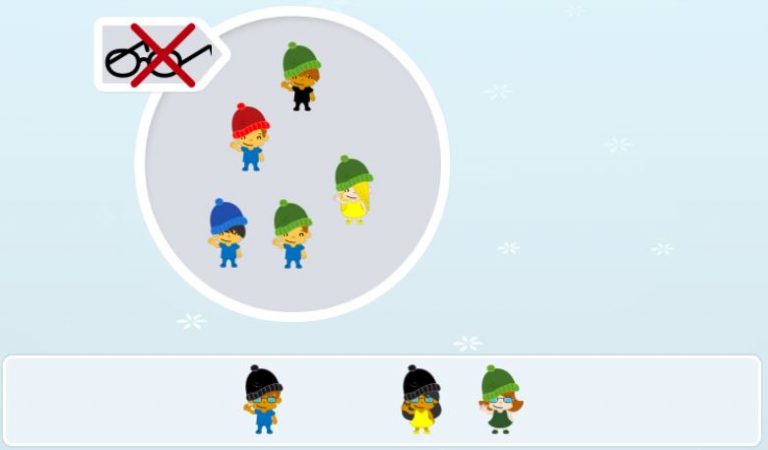
We can also ask about the tag of the given set. Which tag corresponds to the set?
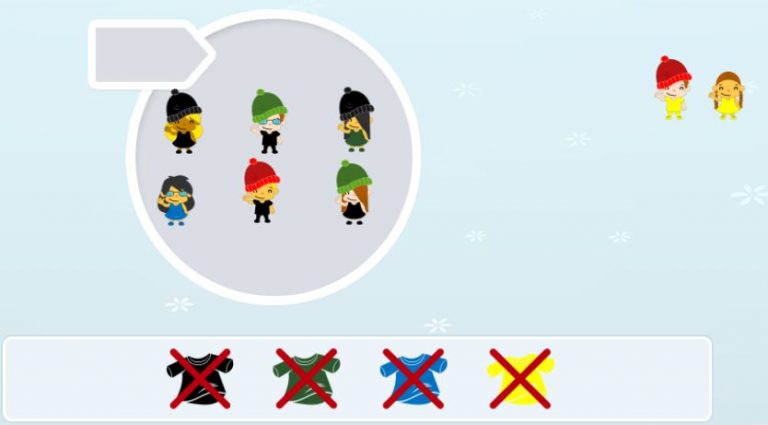
They do not have a yellow t-shirt. The avatars that are inside of the Venn diagram do not have a yellow t-shirt and those that do are left outside of the diagram. This is the attribute that sets them apart:
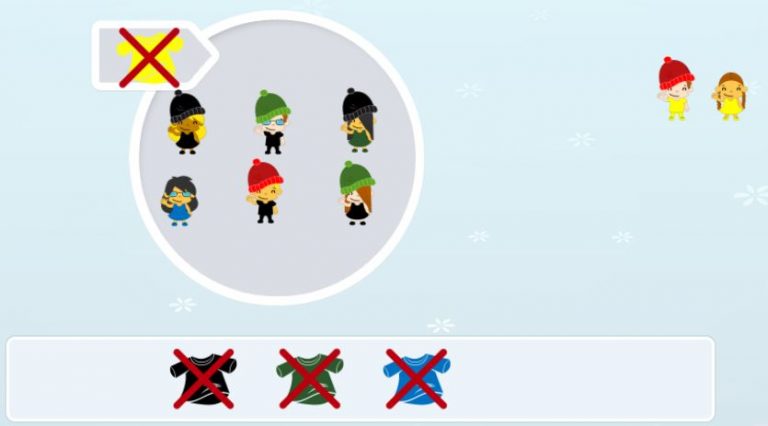
If you would like to continue practicing with Venn diagrams, classification, sets and other math content for primary school students adapted to their level, log on to Smartick and try it for free.
Learn More:
- Venn Diagrams, Set Diagrams and Logic Diagrams
- Learn about Set Theory and Study Techniques
- Manipulative Games to Practice Set Theory
- Introduction to Sets and Subsets
- Classification: First Steps towards Logical-Mathematical Thinking







